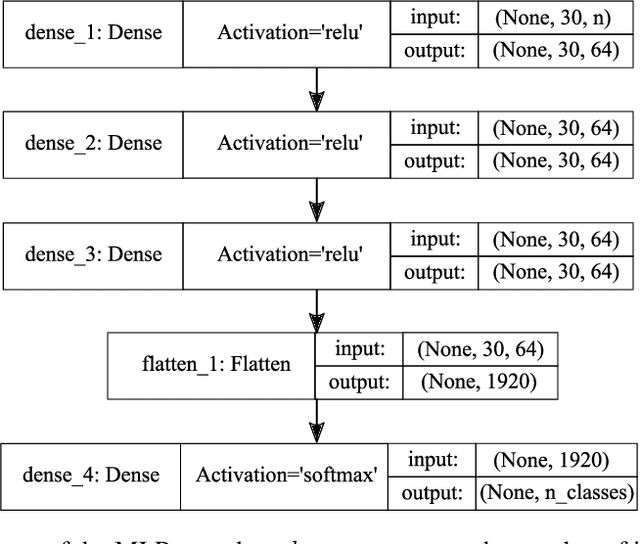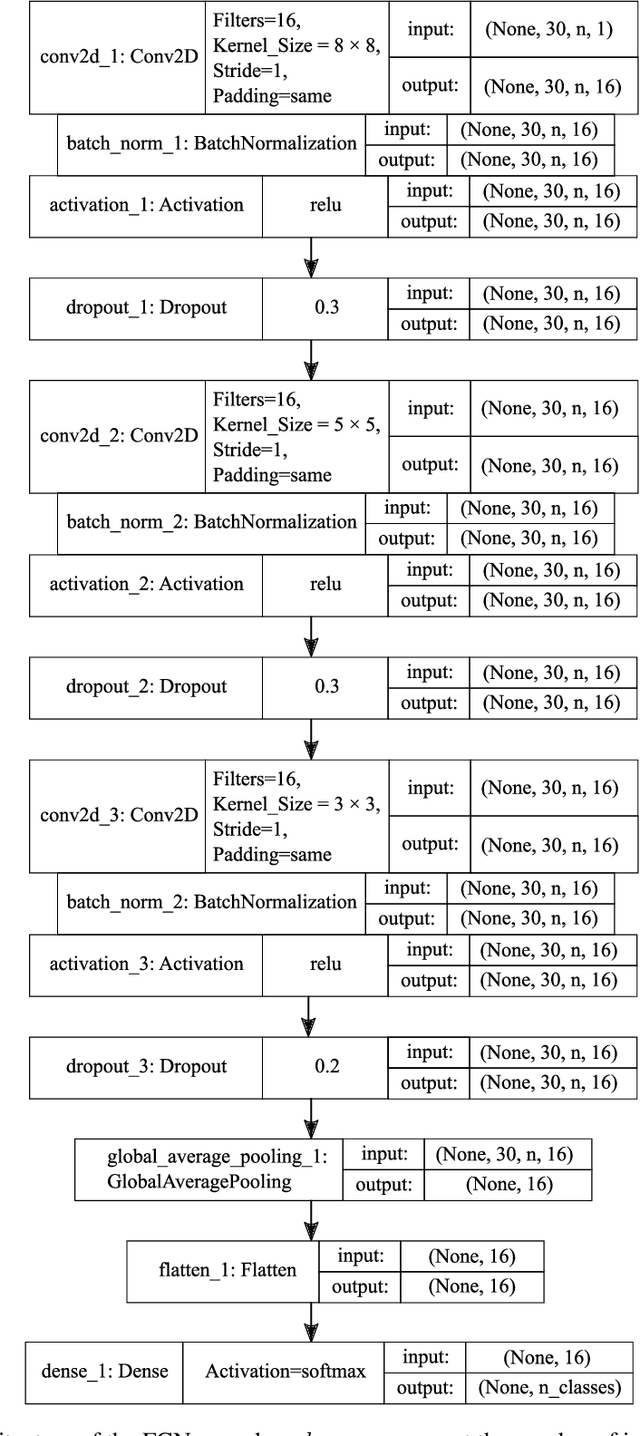Machine Learning-based Positioning using Multivariate Time Series Classification for Factory Environments
Paper and Code
Aug 22, 2023



Indoor Positioning Systems (IPS) gained importance in many industrial applications. State-of-the-art solutions heavily rely on external infrastructures and are subject to potential privacy compromises, external information requirements, and assumptions, that make it unfavorable for environments demanding privacy and prolonged functionality. In certain environments deploying supplementary infrastructures for indoor positioning could be infeasible and expensive. Recent developments in machine learning (ML) offer solutions to address these limitations relying only on the data from onboard sensors of IoT devices. However, it is unclear which model fits best considering the resource constraints of IoT devices. This paper presents a machine learning-based indoor positioning system, using motion and ambient sensors, to localize a moving entity in privacy concerned factory environments. The problem is formulated as a multivariate time series classification (MTSC) and a comparative analysis of different machine learning models is conducted in order to address it. We introduce a novel time series dataset emulating the assembly lines of a factory. This dataset is utilized to assess and compare the selected models in terms of accuracy, memory footprint and inference speed. The results illustrate that all evaluated models can achieve accuracies above 80 %. CNN-1D shows the most balanced performance, followed by MLP. DT was found to have the lowest memory footprint and inference latency, indicating its potential for a deployment in real-world scenarios.
 Add to Chrome
Add to Chrome Add to Firefox
Add to Firefox Add to Edge
Add to Edge